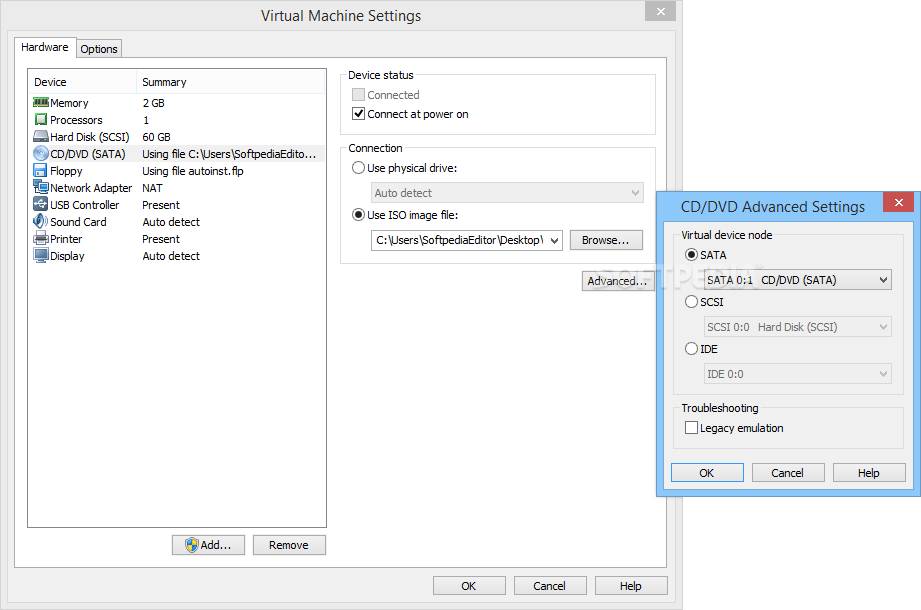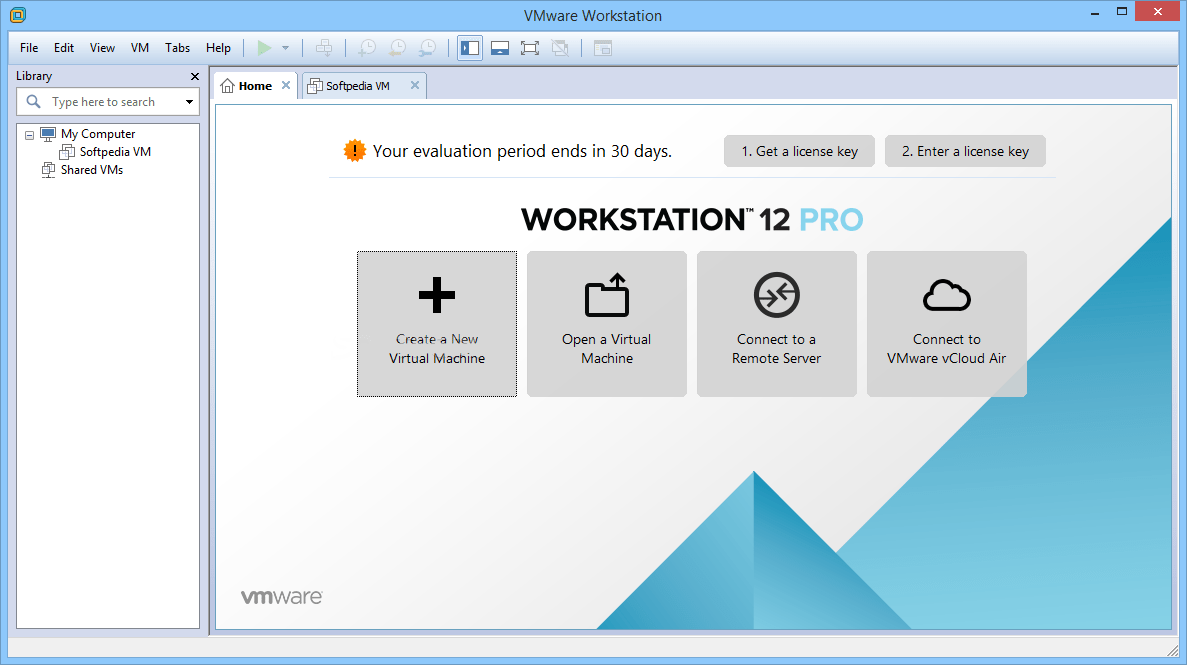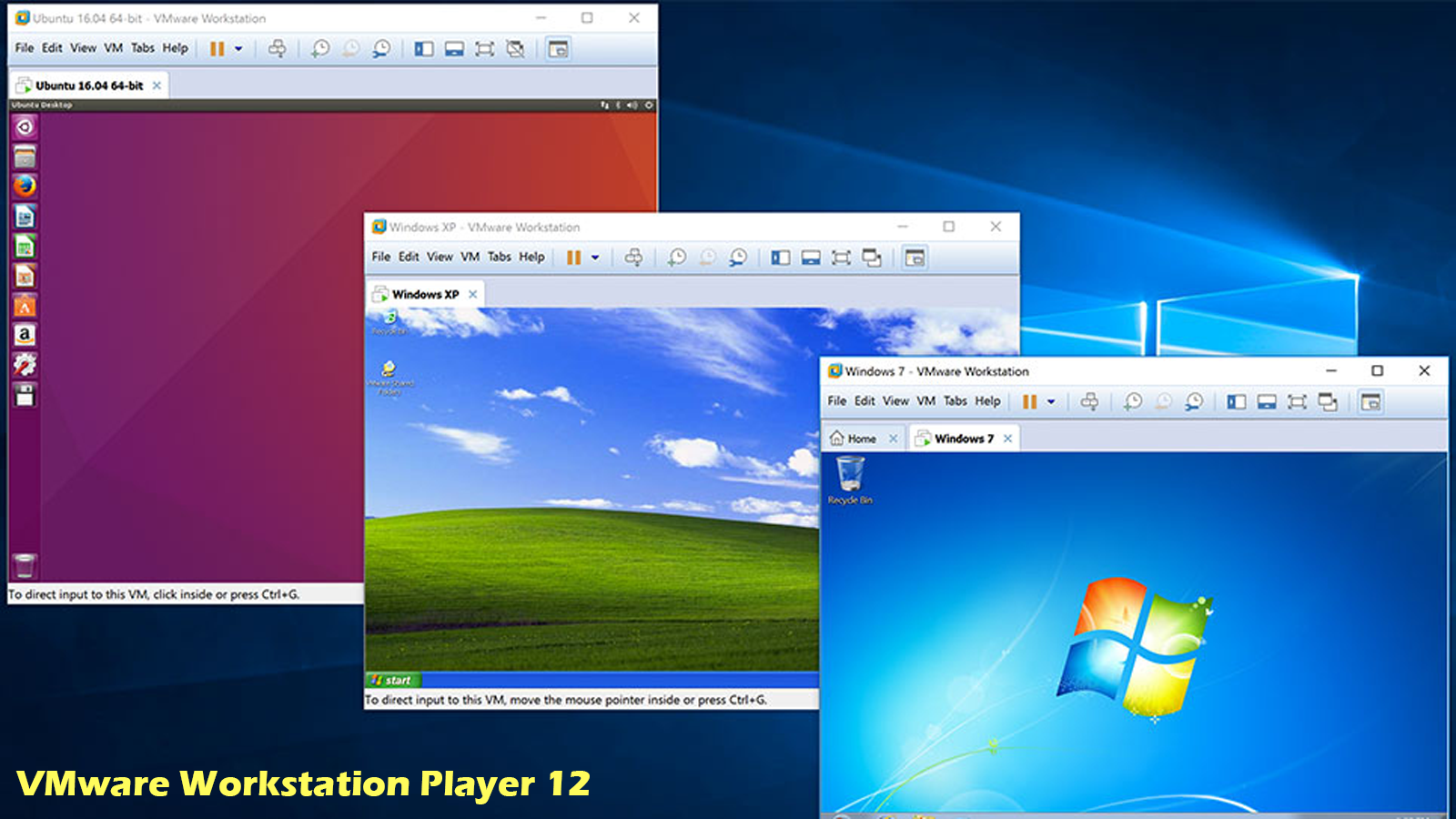
- Vmware player workstation how to#
- Vmware player workstation software#
- Vmware player workstation license#
Step 1 − First, click on "Player" → File → New Virtual Machine To create a VM, follow the steps given below.
Vmware player workstation license#
Step 4 − To proceed further, tick the box "I accept the terms in the license agreement" → Click on "Next"Ĭongratulations, you have successfully installed the player. Step 3 − Then, a window will pop up for setup read the following instructions → Click "Next" Step 2 − Once you download the file → double click on "Next" Step 1 − Go to the website and select "Download Now"
Vmware player workstation software#
It encourages an individual to create, test, and run software on the same system with minimum configuration requirements. VMware provides the facility to run on multiple workstations. Demo - Installing, Creating, and Duplicating VMware Workstation


Note: However, different hypervisors like to use different file types. The extensions on the end of a file are:.

You can assign required storage to virtual machines manually.It manages the storage components from a central console.In virtualization, the storage component is the data cluster from multiple network storage devices.With this resource, a developer can add and modify the virtual machine capacity.The memory size shows how much memory is available to the application available in the virtual machine.The virtual machine settings show how much of the host's memory is allocated to the virtual machine.In simple words, virtual memory is the RAM of a computer machine.In simple words, hypervisor typically assigns one workload per CPU.This allows multiple VMs to share a processor core.When a developer installs a hypervisor in a machine, you abstract each CPU into the virtual CPU.Unfortunately, the latter currently does not support TPM passthrough ( coming soon), meaning you cannot create a Windows 11-compatible VM. It was also possible to run Windows 11 in VirtualBox. If using Windows 11 on a virtual machine in VMWare is not your cup of tea, we have a dedicated guide about installing Windows 11 using Hyper-V. Now you can launch your virtual machine and enjoy the restored performance. That is how you disable side-channel mitigations in VMWare Player to fix lags in Windows 11-based virtual machines. Add the following line to the list of parameters: ulm.disableMitigations="TRUE".

Vmware player workstation how to#
Learn how to enable or disable Hyper-V in Windows here. Note that the message with a recommendation to disable side-channel mitigations appears only on systems with Hyper-V enabled. The software will warn you about potential performance downgrades when using a virtual machine with side-channel mitigations.īut the problem is that VMWare Player does not provide an option to disable side-channel mitigations in the settings UI (similar to how it does not allow you to add a Trusted Platform Module inside settings for a specific VM).įortunately, you can fix poor performance in Windows 11 running in VMWare Player by disabling side-channel mitigations in the machine's configuration file. You might encounter one particular issue when running a Windows 11-based virtual machine in VMWare Player.


 0 kommentar(er)
0 kommentar(er)
